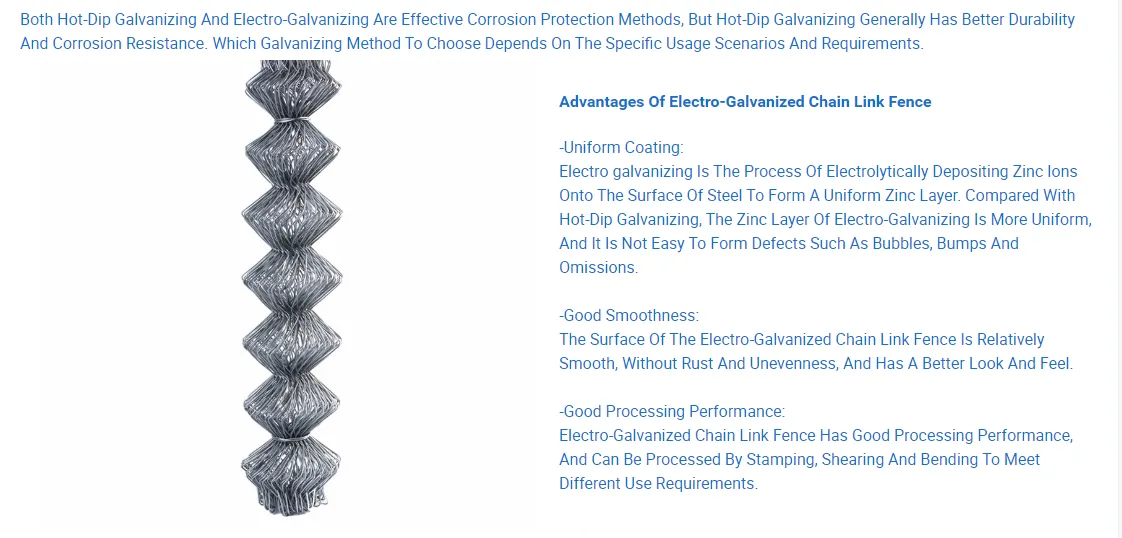The Role of Temporary Acoustic Barriers in Noise Management
In an increasingly urbanized world, noise pollution has become a significant environmental issue that affects the quality of life and overall well-being of individuals. To combat this growing problem, strategies for noise management are implemented, one of which includes the use of temporary acoustic barriers. These barriers are essential tools in reducing noise pollution, particularly during construction projects, public events, or in areas with heavy traffic, providing immediate and effective solutions to manage sound levels.
Temporary acoustic barriers are typically made from materials designed to absorb sound and reflect noise away from sensitive areas. Common materials include plywood, vinyl, and specialized sound-absorbing fabrics. Their portability makes them an ideal choice for temporary installations, as they can be quickly erected and dismantled according to the project's duration. This feature is particularly beneficial for construction sites, where noise can disrupt local communities and affect workers' productivity.
One noticeable application of temporary acoustic barriers is during large-scale construction projects. As cities expand and develop, the cacophony of machinery, tools, and human activity can create significant noise disturbances. By setting up these barriers around the construction site, contractors can significantly diminish the noise levels affecting nearby residences and businesses. This not only fosters goodwill with the community but also adheres to local regulations regarding noise control.
temporary acoustic barrier

Moreover, the effectiveness of these barriers is supported by sound dispersion principles. The barriers work by deflecting, absorbing, and diffusing sound waves, which reduces the intensity of noise that reaches the designated areas. Research has shown that strategically placing these barriers can lead to a notable decrease in perceived noise levels, often by 10 to 15 decibels or more. Such a reduction can transform an unbearable din into a more tolerable background hum.
In addition to construction, temporary acoustic barriers can also play a crucial role during outdoor events such as concerts or festivals. These events, while enjoyable, can generate significant noise that may disturb surrounding neighborhoods. By implementing temporary acoustic barriers, event organizers can protect local residents from disruptive sound levels while still delivering a great experience for attendees.
The adoption of temporary acoustic barriers serves not only practical but also symbolic purposes. When businesses and event organizers invest in noise reduction measures, it conveys a commitment to corporate responsibility and community consideration. This positive perception can enhance relationships with stakeholders, foster community support, and promote a more sustainable operational model.
In conclusion, temporary acoustic barriers are an essential component of effective noise management strategies. Their ability to significantly lower noise levels during construction and public events addresses the critical issue of noise pollution in urban settings. As cities continue to grow and evolve, the importance of these barriers in promoting a harmonious coexistence between development and community well-being cannot be overstated. By recognizing the value of temporary acoustic barriers, we can create a more peaceful and accommodating environment for all.
-
The Strength and Versatility of Aluminum Expanded Metal Mesh
NewsJun.10,2025
-
Safety Guards and Machine Enclosures Using Expanded Mesh
NewsJun.10,2025
-
Performance with Round Hole Perforated Mesh in Wall Panels
NewsJun.10,2025
-
How Steel Grating Trench Covers Distribute Weight Efficiently
NewsJun.10,2025
-
How Deck Mesh Railing Enhances Backyard Aesthetics
NewsJun.10,2025
-
Comparing Bar Thickness and Spacing in Steel Grating
NewsJun.10,2025
Subscribe now!
Stay up to date with the latest on Fry Steeland industry news.

